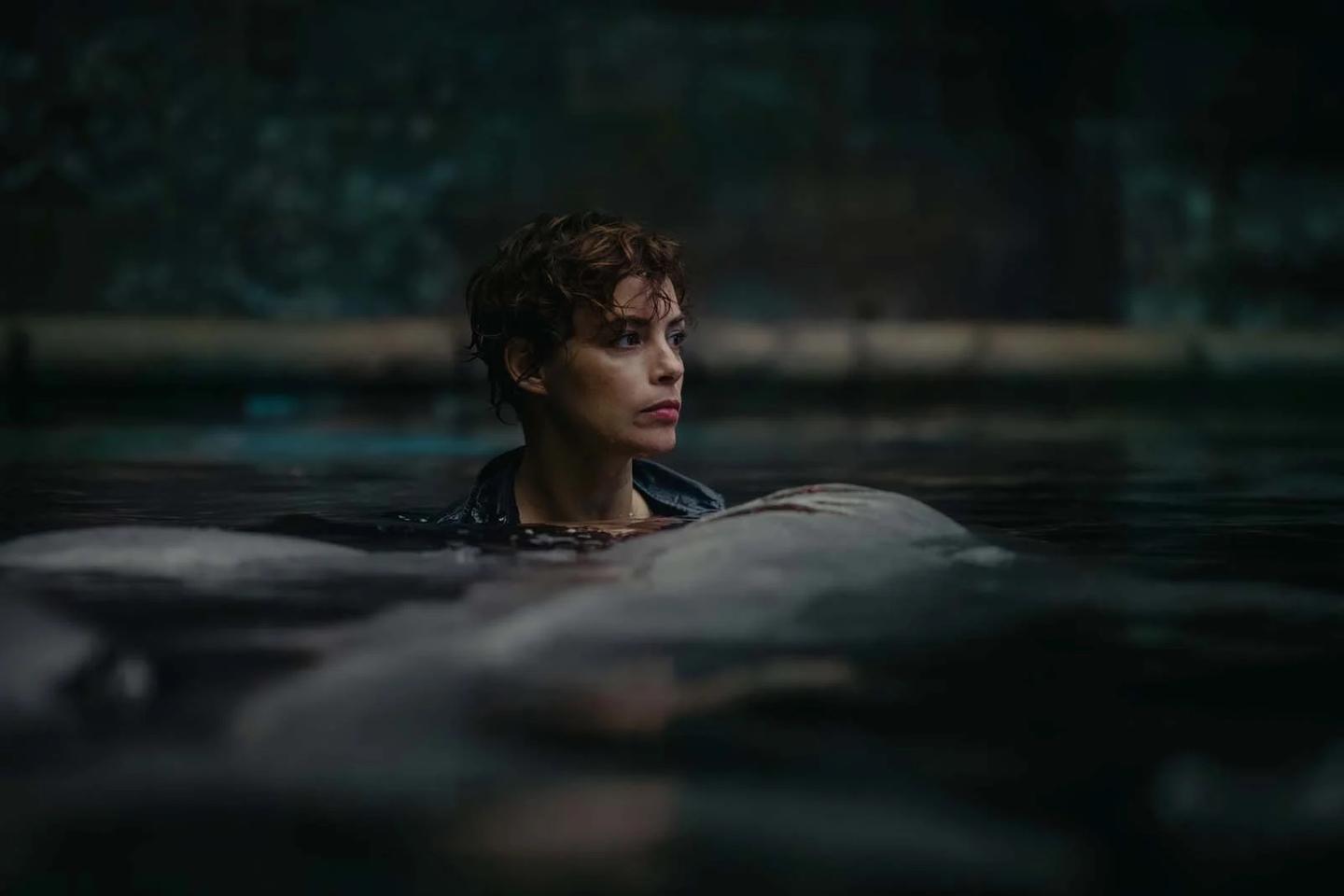


After watching Under Paris (Sous la Seine), a disaster movie where a shark threatens athletes competing in the Paris triathlon, questions start to pile up. With its portrayal of a hare-brained, cynical mayor of Paris, will Under Paris count as air time for real-life mayor Anne Hidalgo's opposition? Do river brigade police officers really bring clothes and reading material to the homeless camping out on the banks of the river? And finally, was the laughter that erupts during the final sequences expected by Xavier Gens (director and screenwriter, who also directed three episodes of the Lupin Netflix series) and his co-writers?
These questions stem from the filmmaker's desire to make sharks a familiar presence between the Pont National and the Pont du Garigliano, in order to give Parisians the same treatment that Amity Island residents got in 1975 in Steven Spielberg's Jaws.
A separate, earlier project by director Vincent Dietschy sought to preserve the distinction between freshwater and saltwater fish by making the monster a mutant catfish – he took Netflix's project to court for being too similar to his own. Under Paris doesn't bother with such ichthyological refinements.
In almost half a century, technology has made immense progress. The mechanical shark from Jaws, which almost drove Spielberg mad with frustration, has given way to a computer generated images of a monstrous man-eater, and we don't know whether the glistening caps of the triathletes swimming in the Seine are the result of a lot of extras being hired on set or a particularly well-executed CGI program.
Exaggeration and farce
Watching Under Paris, it's clear that the art of imparting fear went into overkill. From the opening sequences, set somewhere in the "plastic continent" floating in the middle of the Pacific, the monster – a female shark named Lilith – makes a lavish meal of oceanographers. Later, we witness a massacre of environmental activists, before Gens (intentionally or not?) propels his film into a farcical hyperspace, free of all constraints, subjecting Paris to a fate that would not have displeased Attila the Hun.
Three years after Sophia Assalas (Bérénice Bejo) witnessed her team being devoured, the brilliant scientist has been reduced to being a tour guide for school field trips at the Trocadéro aquarium in Paris. This is where she meets up with Mika (Léa Léviant), an environmental activist, who warns her that the killer fish has crossed the Pacific and Indian oceans, rounded the Cape of Good Hope, and made its way up the western coast of Europe to Le Havre, before entering the Seine river. Activists learned of this from a beacon once placed by Assalas' late husband. We don't know whether Lilith remembered Sophia well and followed her, or whether this was simply a coincidence.
You have 34.42% of this article left to read. The rest is for subscribers only.
